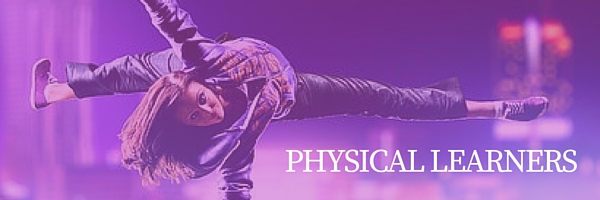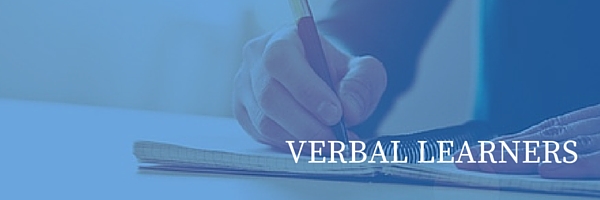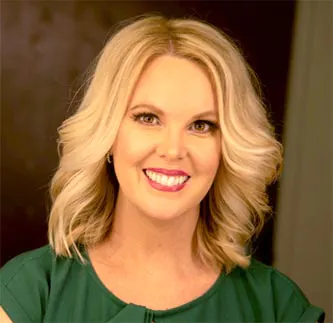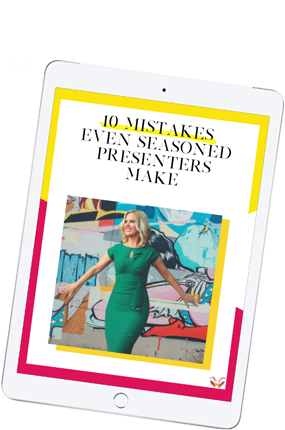Latest Posts
Easy Speaking Tips To Reach Every Audience Member Part 2

Imagine if you could bring value to every person in a room when you are doing a presentation. It would be incredible. Each person leaves with a sense of direction completely feeling like they understood you, and can translate into into how to take action on what you said. They feel fulfilled. Time well spent.
Well, you can do more than imagine it. You can live it. There are a lot of things that you can do to up your game in the speaking world, and this series focuses on the different learning styles of people so you can start with small steps to making a big impact.
So if you read the first part of the series, welcome back! So glad you can join me for part 2 of this series. If you missed part 1 please feel free to check it out for additional learning styles we covered there.
In this article we are going to be talking about three more of the 7.
- Physical
- Verbal
- Logical
So let’s jump in!!!

Let’s get physical, physical, let me hear your body talk… Okay, sorry. Flashbacks of Olivia Newton John always jump in when I hear this word. But it’s a great way to remember this style. Physical learning is also referred to as kinesthetic. These are people that actually learn from physically doing the work.
[Tweet “Let’s get physical…Kinesthetic learners learn from doing the work.”]
For example, you are being trained how to use a computer program. Some of your auditory learning can just hear the directions and recall them and do it. For physical learners, they learn better with hands on training. They have to use muscle memory to understand or actually do the work physically to grasp the concept.
I am definitely this way. I think it comes from being in dance. If I hear someone explain the move, I don’t get it. If I physically see them do it and then I do it and adjust my body until I am like them then I can remember the steps.
So how do you incorporate this into your presentation? It’s not as hard as you may think.
If you are doing a product demo, have them download the product to physically walk them through. Or perhaps you are teaching them concepts you would like them to grasp, have the group physically write the concept down. Having kinesthetic learners write something helps them absorb the lesson a bit but having them physically take action whenever possible will help solidify the lesson beyond their imagination. Adding this in can be as easy as asking them to recite the concept at the same time they do something physical, such as pace, do a crazy hand shake or something else fun.
[Tweet “Adding in different ways of learning can build interactivity and make your speech more memorable.”]

Verbal learners are those who learn from using words vocally or written. They learn from writing things down or from verbalizing the concepts and ideas. Some verbal learners learn from explaining it to another person. They grasp the concept and then in order to drive it home, benefit by verbally explaining it to someone else. I am sure you can see how you could fit this in. (And joined by the example above, you’ve got kinesthetic and verbal covered!) Verbal learners thrive in group discussions, Q&A, writing directions, etc.
If you are giving a keynote, how could you incorporate this? Take a moment and ask audience to turn to their neighbor and explain to each other the concept. (I would do a music cue for this to happen. Play some soft music for the conversation and then when the music stops, you’ll have an auditory cue for the conversation to be complete. Set a time limit—2 minutes to discuss).
If you’re in a webinar, allowing for verbal learning may be more difficult but you can definitely take advantage of giving them a minute to write down that lesson. Lead them by saying take the next 60 seconds to write as many things as you can about____. Then to make it interactive, you can have them write some of their answers in the chat box and read a few. Give kudos and say their names.

This learning style is definitely my husband. You can not just tell him something as fact with out supporting evidence and the steps that got you to that conclusion. If I say, “Today Josh taught me…” His first question is, “Who’s Josh?” He wants to know all of the information behind the concept before he can buy into it. For logical learners, you have to go in a step-by-step process. Jumping around to everything you feel is interesting is not endearing you to your logical thinkers. What they need is step 1, 2, 3 to get you to the finish line. Then, here are the concepts of why we do 1,2,3. Association works well with logical thinkers.
Any time you can take something they already know and associate it to the new concept will bridge the learning. These learners thrive with key points highlighted and can pick up large concepts easily with the right explanation.
[Tweet “Building different learning styles into your speech will bridge the learning”]
I hope this is helpful as you put together your presentation. Don’t overwhelm yourself as you put together your speech. A lot of these learning styles are combined. Most people are not typically one or the other, but a combination of learning styles.
Thanks for sticking with me throughout this article. If you want to be notified when the last installment is please sign up for our email list below. Or if you like this article please share, we would greatly appreciate it!
Until next time — have a wonderful day!!

Hi, I'm Misty Megia!
I’m a Creative Director for high-achieving leaders who want to unmute themselves to give presentations that move people profoundly through my Corporate Speaking Program and my Theatre of Public Speaking Program.
Discover the
10 mistakes
even seasoned presenters make!

Work
With Me
Corporate Speaking Program
Your team’s success depends on their ability to speak with clarity. Give them the tools to meet the moment with professionalism.
Theatre of Public Speaking Program
Take my 6-week on-demand course with live group coaching to deliver big messages that motivate and inspire.



